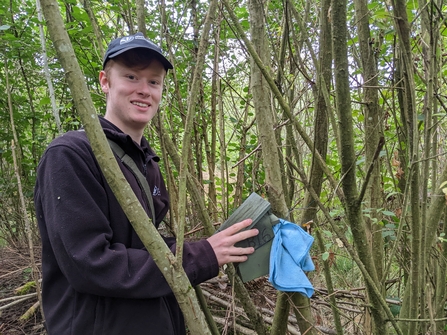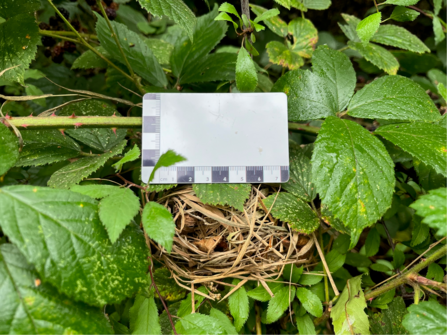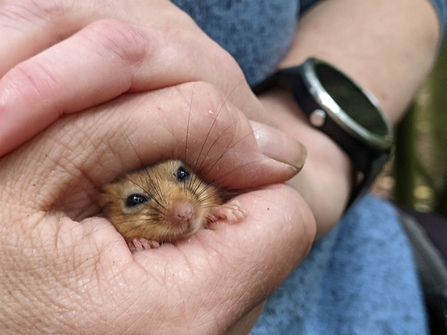Hello again!
Just as I suspected, it has been an incredibly busy and action packed three months since my last blog. I previously mentioned that my time with Worcestershire Wildlife Trust felt like it was passing incredibly quickly. Sadly, it feels like the accelerator pedal is still firmly pressed to the floor! Recent tasks have included repairing steps along a footpath at Hunthouse Wood, a bat survey with the Worcestershire Wildlife Consultancy and my first outing with the BCS mower. There's been much more but, for now, I’d like to focus on a recent highlight that you may find particularly interesting.
Back in May (which feels like last week), I spent time in the Wyre Forest learning the basics of all things dormice. From learning how the woodland is managed to aid dormice to their diets and housing arrangements, I was hooked instantly. I knew that should the opportunity of dormouse-related work arise in future, I’d do my best to get involved.
Fast-forward a few months to September, an exciting day at Green Farm presented itself. We were to help in setting up 70 dormouse footprint tunnels along Green Farm’s ancient hedgerows. Our manager Andy took charge in showing us and the volunteers how to set up a footprint tunnel; it's remarkably simple and very effective. They're made from plastic downpipe and have wooden inserts inside them with a strip of paper secured to the wood and homemade ink at both ends of the paper. It’s a great way to check for dormouse activity without disturbing the nesting dormice.




